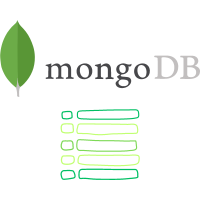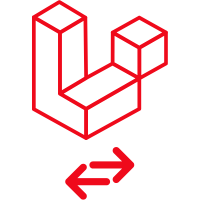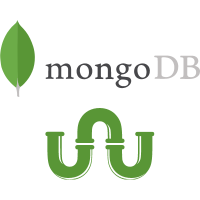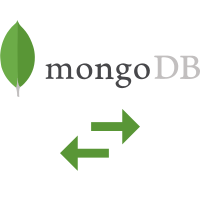How to install or upgrade to Composer v2

Composer is an application-level package manager for the PHP programming language that provides a standard format for managing dependencies of PHP software and required libraries. It manages them on a per-project basis, installing them in a directory (e.g. vendor) inside your project.








